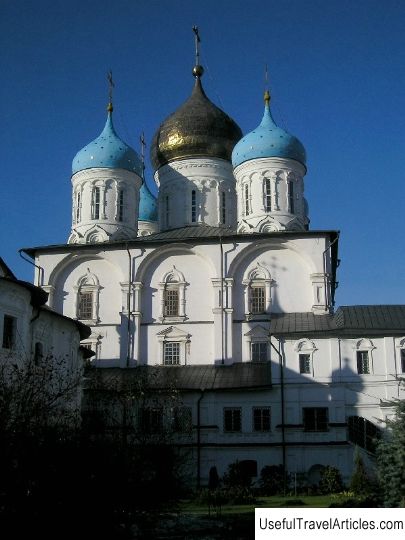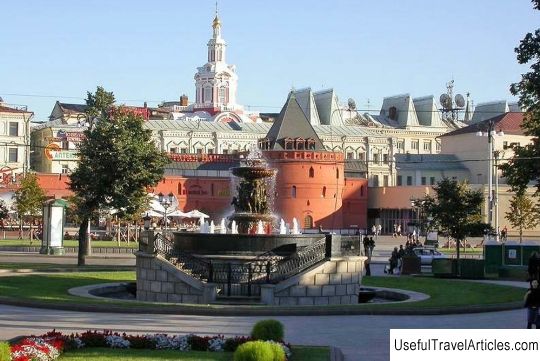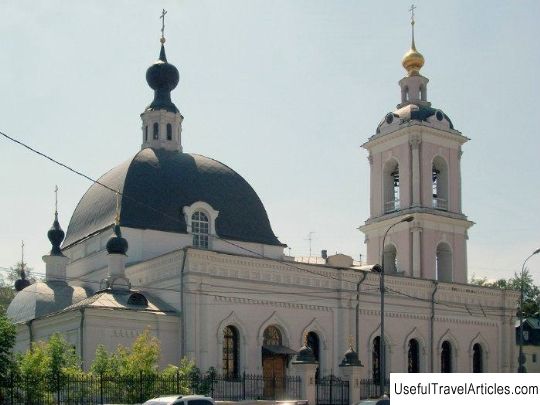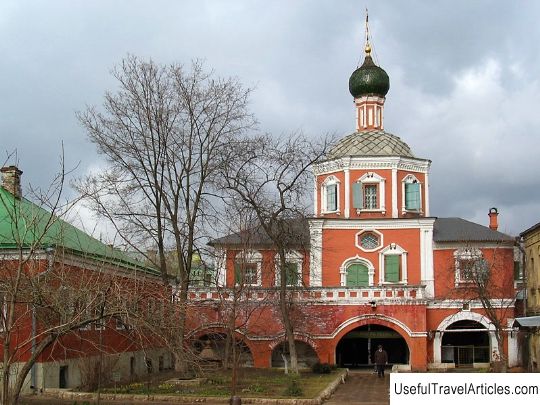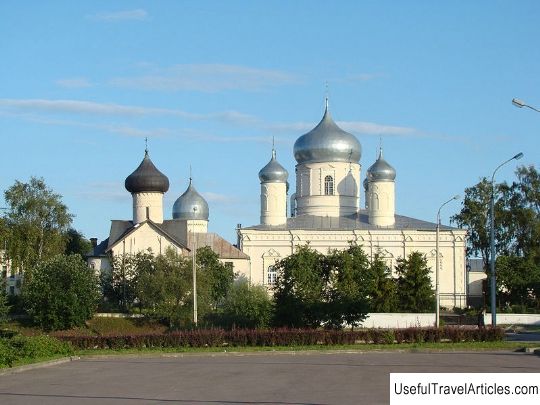Pokrovsky Convent description and photos - Russia - Moscow: Moscow
Rating: 8,2/10 (128 votes) 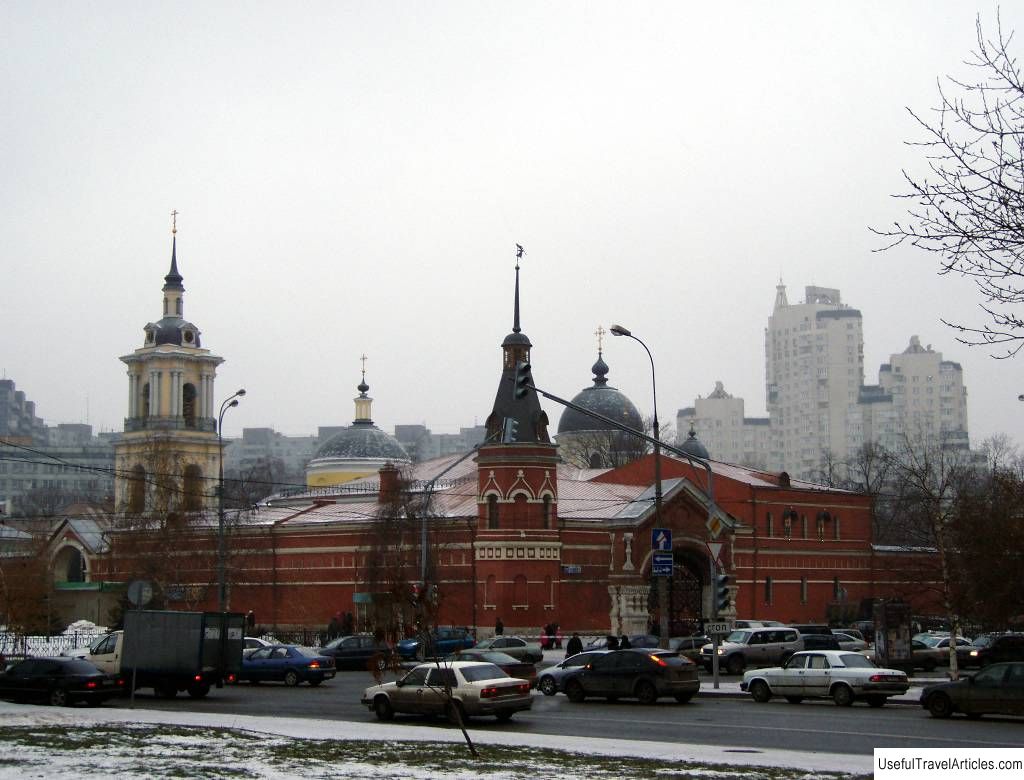
Pokrovsky Convent description and photos - Russia - Moscow: Moscow. Detailed information about the attraction. Description, photos and a map showing the nearest significant objects. Photo and descriptionThe Intercession Monastery in Moscow has stavropegic status. This term means that the monastery is directly subordinate to the patriarch or synod and is independent of the local diocesan authority. The literal translation of the word "stavropegia" from Greek means "to raise the cross." In the old days, in such monasteries, the cross was installed by the patriarch himself. The Moscow monastery at the Pokrovskaya outpost is known to believers as a center for the spread of veneration of Blessed Matrona of Moscow . History of the monasteryIn 1635 Tsar Mikhail Fedorovich , the first Russian tsar from the Romanov dynasty founded a men's monastery in honor of the memory of his father. It was Patriarch Filaret, who died on the day of the Protection of the Theotokos. Before the tonsure that Fyodor Nikitich Romanov was forcibly committed, he was considered a possible rival of Boris Godunov in the struggle for the throne. During the Time of Troubles, Filaret held an important church post. He was the Metropolitan of Rostov, and in 1619 he was solemnly elevated to the cathedra. Patriarch Filaret paid great attention to the printing of Orthodox books and proofreading of ancient manuscripts. Under him, the most important reforms of church administration took place, and the patriarchal power finally took shape and began to represent a state within a state. At the place chosen for the construction of the monastery, for many years there was a cemetery for vagrants, executed criminals, people , who died without repentance, and wanderers, and therefore the monastery was often called Bozhedomsky . Tsar Alexei Mikhailovich, the successor of Mikhail Fedorovich, collected funds for the continuation of construction in various ways. In particular, the money received for the lease of land holdings was used, which is why the monastery was often called "room". Two temples were built on the territory of the monastery. The first monastery cathedral made of stone with a side-chapel in honor of St. John of Damascus was founded in 1655. It was consecrated in honor of the Protection of the Virgin . Later, the temple was radically rebuilt, and at the beginning of the 19th century, four thrones were already consecrated in it: in honor of the Protection of the Theotokos, St. Jonah, Nicholas the Pleasant and the Apostles Peter and Paul. The second most important place on the territory of the monastery was All Saints Temple , built in 1682 by order of Fyodor Alekseevich. A hundred years later, the church was replaced with a new one, but the building of the refectory with the chapels of the Resurrection of the Word was preserved with it. A three-tiered bell tower 30 meters high was built nearby. At the end of the 19th century, the temple was rebuilt again. The project was developed by the architect M. D. Bykovsky . As a result of the reconstruction, the church was crowned with a large dome with a dome at the top, the central drum was decorated with an arcade, and small domes were placed at the corners of the quadrangle. From the former temple, there are domed pillars with arches and one of the walls of the main altar. In 1856, the church was consecrated in honor of the Resurrection of the Word . The side-altars located in it were dedicated to the Tikhvin Icon of the Mother of God and the Martyr Alexandra. The interiors of the temple were decorated with frescoes painted by Moscow icon painters. The murals were created on the themes of the earthly life of Jesus Christ. In 1812 the monastery was destroyed. During the siege of Moscow by the French, the commander of the Polish corps, General Michel Claparede, lodged in it, and before their departure, Napoleonic soldiers plundered and partially destroyed the monastery. In the 70s of the XIX century, after the restoration of the monastery, the monastery was converted into a missionary one. Under him, an institute was created, where they train monastics who want to do educational work. The educational mission is led by Saint Innocent. Several dozen missionaries are sent to different parts of the country and the world from the monastery. With the advent of Soviet power, the fate of the monastery becomes unenviable. In 1926, the temples are closed, the bell tower is demolished , and three years later the monastery officially ceases to exist. On the site of the cemetery at the monastery, an amusement park is being set up, and several secular institutions are being opened within the walls of the monastery: a cinema administration, a gym, an editorial office with a printing house and even a billiard room. Return of the monasteryIn 1994, the Holy Synod of the Russian Orthodox Church decided to reopen a women's monastery within the walls of the dilapidated monastery. The first liturgy in the officially revived monastery was held in October 1995 . The Church of the Intercession was then in a dilapidated state, the iconostasis was cut out of plywood, and only five nuns were praying at the service that day. The next year, all the buildings that had historically belonged to him were transferred to the Intercession Monastery for unlimited use. Soon, three chapels of the Intercession Church were consecrated, and on May 1, 1998, the monastery received the remains of Matrona Nikonova, glorified among the locally revered saints as Blessed Matrona of Moscow.          We also recommend reading Acuario Magico Mundo Marino description and photos - Mexico: Acapulco Topic: Pokrovsky Convent description and photos - Russia - Moscow: Moscow. |
